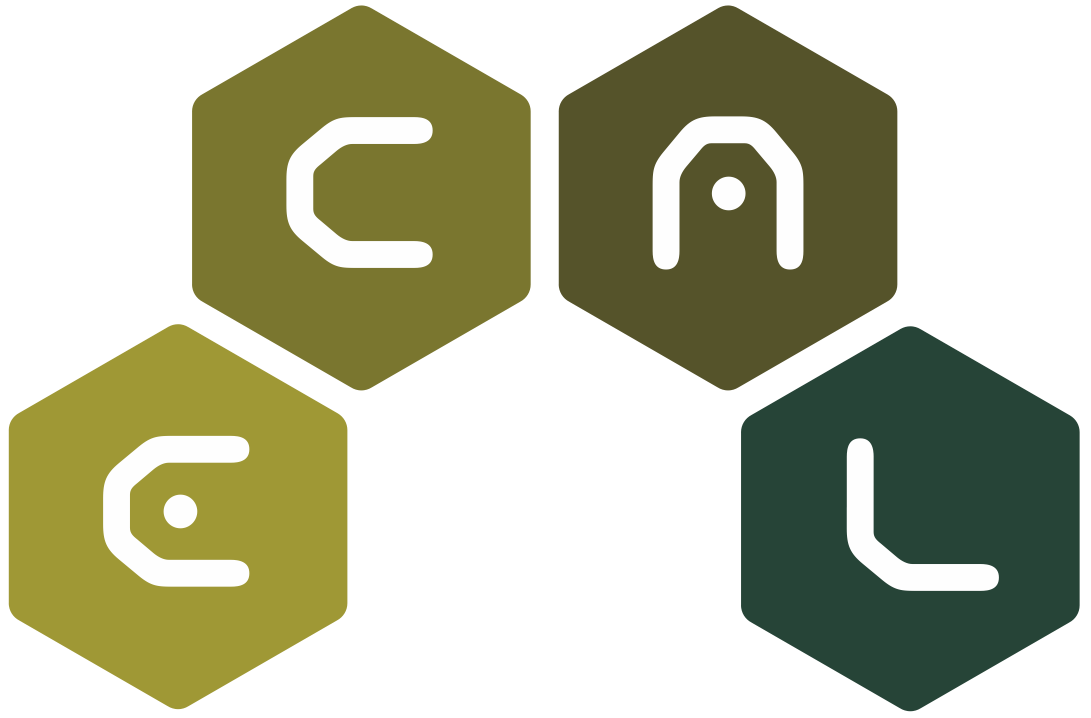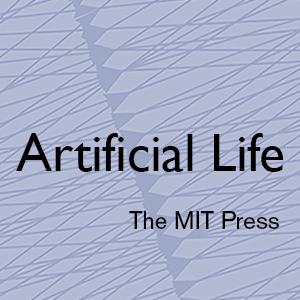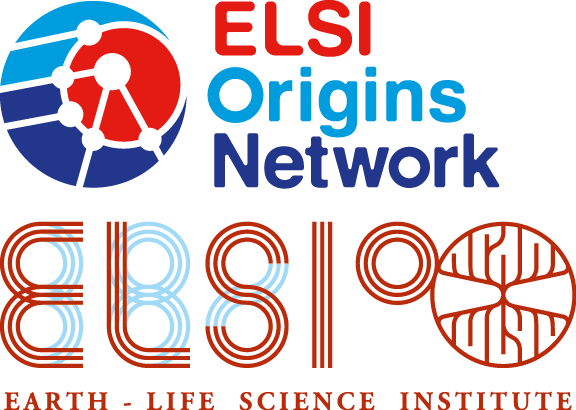Morphogenetic Engineering
For full details, please see the official Morphogenetic Engineering Special Session website.
Traditional engineered products are generally made of a number of unique, heterogeneous components assembled in complicated but precise ways, and are intended to work deterministically following specifications given by their designers. By contrast, self-organization in natural complex systems (physical, biological, ecological, social) often emerges from the repetition of agents obeying identical rules under stochastic dynamics. These systems produce relatively regular patterns (spots, stripes, waves, trails, clusters, hubs, etc.) that can be characterized by a small number of statistical variables. They are random and/or shaped by boundary conditions, but do not exhibit an intrinsic architecture like engineered products do.
Salient exceptions, however, strikingly demonstrate the possibility of combining pure self-organization and elaborate architectures: biological development (the self-assembly of myriads of cells into the body plans and appendages of organisms) and insect constructions (the stigmergic collaboration of colonies of social insects toward large and complicated nests). These structures are composed of segments and parts arranged in very specific ways that resemble the products of human inventiveness. Yet, they entirely self- assemble in a decentralized fashion, under the control of genetic or behavioral rules stored in every agent.
How do these collectives (cells or insects) achieve such impressive morphogenetic tasks so reliably? Can we export their precise self-formation capabilities to engineered systems? What are principles and best practices for the design and engineering of such morphogenetic systems?
Topics of Interest
- New principles of morphogenesis in artificial systems
- Bio-inspiration from plant vs. animal development
- Programmability of self-organizing morphogenetic systems
- Indirect, decentralized control of morphogenetic systems
- Sensitivity to environmental/boundary conditions vs. endogenous drive
- Evolvability, by variations and selection, of morphogenetic systems
- Links with evolutionary computation, artificial embryogeny, "evo-devo" approaches
- Swarm-based approaches to morphogenetic systems
- Design techniques for morphogenetic engineering
- Causalities between micro and macro properties of morphogenetic systems
- Physical implementations
- Applications to real-world problems (swarm robots, synthetic biologie, complex networks, etc.)
- Philosophical questions about morphogenetic engineering
Organisers
Submissions
Please submit contributions using the standard submission instructions and select the appropriate special session when prompted.







